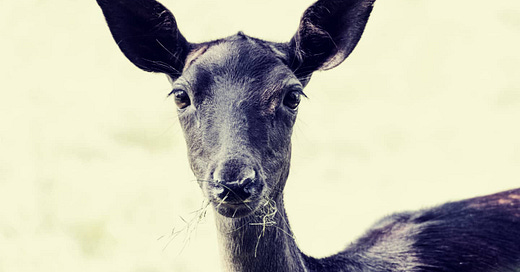Return of Black Fallow Deer at LettsSafari's Dawlish Park
How a rewilding project has returned this magnificent creature.
At LettsSafari’s Dawlish Park a multi-year rewilding project to return the black fallow deer started just a few years ago. Historically black fallow have been in the Haldon Hills on the southern edge of Exeter City, and a few miles from the edges of Dartmoor, for hundreds of years. But, thanks to logging, deforestation, increased human activity and incr…
Keep reading with a 7-day free trial
Subscribe to LettsSafari+ to keep reading this post and get 7 days of free access to the full post archives.




